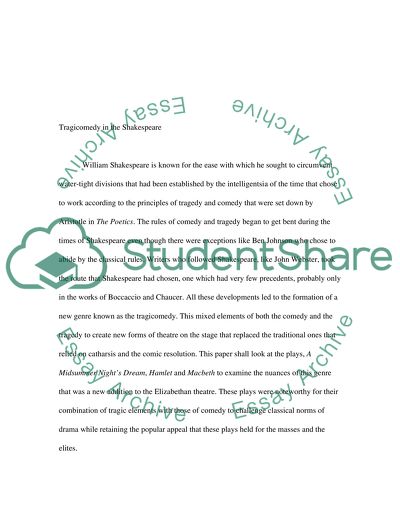Cite this document
(“Tragicomedy in the Works of William Shakespeare Research Paper”, n.d.)
Retrieved from https://studentshare.org/literature/1426975-research-paper-on-william-shakespeare-a-midsummer
Retrieved from https://studentshare.org/literature/1426975-research-paper-on-william-shakespeare-a-midsummer
(Tragicomedy in the Works of William Shakespeare Research Paper)
https://studentshare.org/literature/1426975-research-paper-on-william-shakespeare-a-midsummer.
https://studentshare.org/literature/1426975-research-paper-on-william-shakespeare-a-midsummer.
“Tragicomedy in the Works of William Shakespeare Research Paper”, n.d. https://studentshare.org/literature/1426975-research-paper-on-william-shakespeare-a-midsummer.


